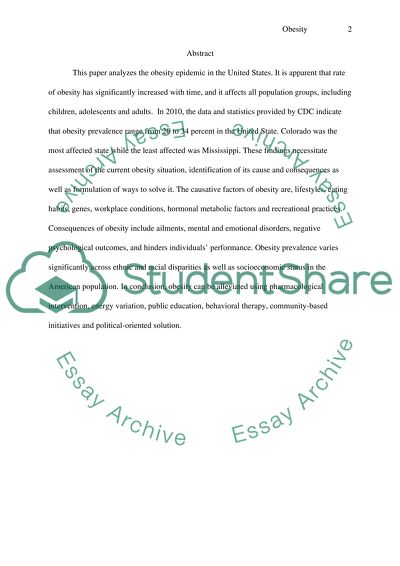Cite this document
(“Obesity Epidemic in America Research Paper Example | Topics and Well Written Essays - 1500 words”, n.d.)
Retrieved from https://studentshare.org/nursing/1450888-obesity-as-one-of-the-biggest-health-care-issues
Retrieved from https://studentshare.org/nursing/1450888-obesity-as-one-of-the-biggest-health-care-issues
(Obesity Epidemic in America Research Paper Example | Topics and Well Written Essays - 1500 Words)
https://studentshare.org/nursing/1450888-obesity-as-one-of-the-biggest-health-care-issues.
https://studentshare.org/nursing/1450888-obesity-as-one-of-the-biggest-health-care-issues.
“Obesity Epidemic in America Research Paper Example | Topics and Well Written Essays - 1500 Words”, n.d. https://studentshare.org/nursing/1450888-obesity-as-one-of-the-biggest-health-care-issues.


